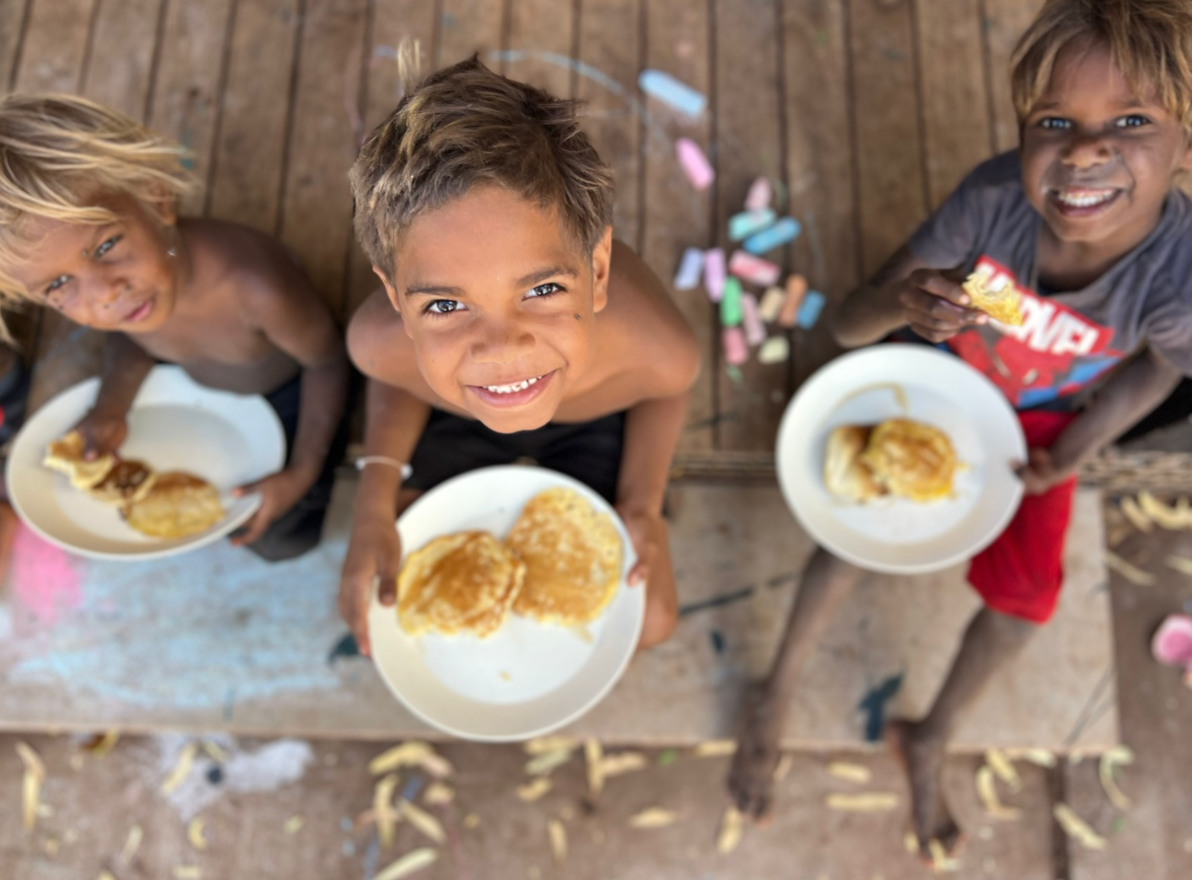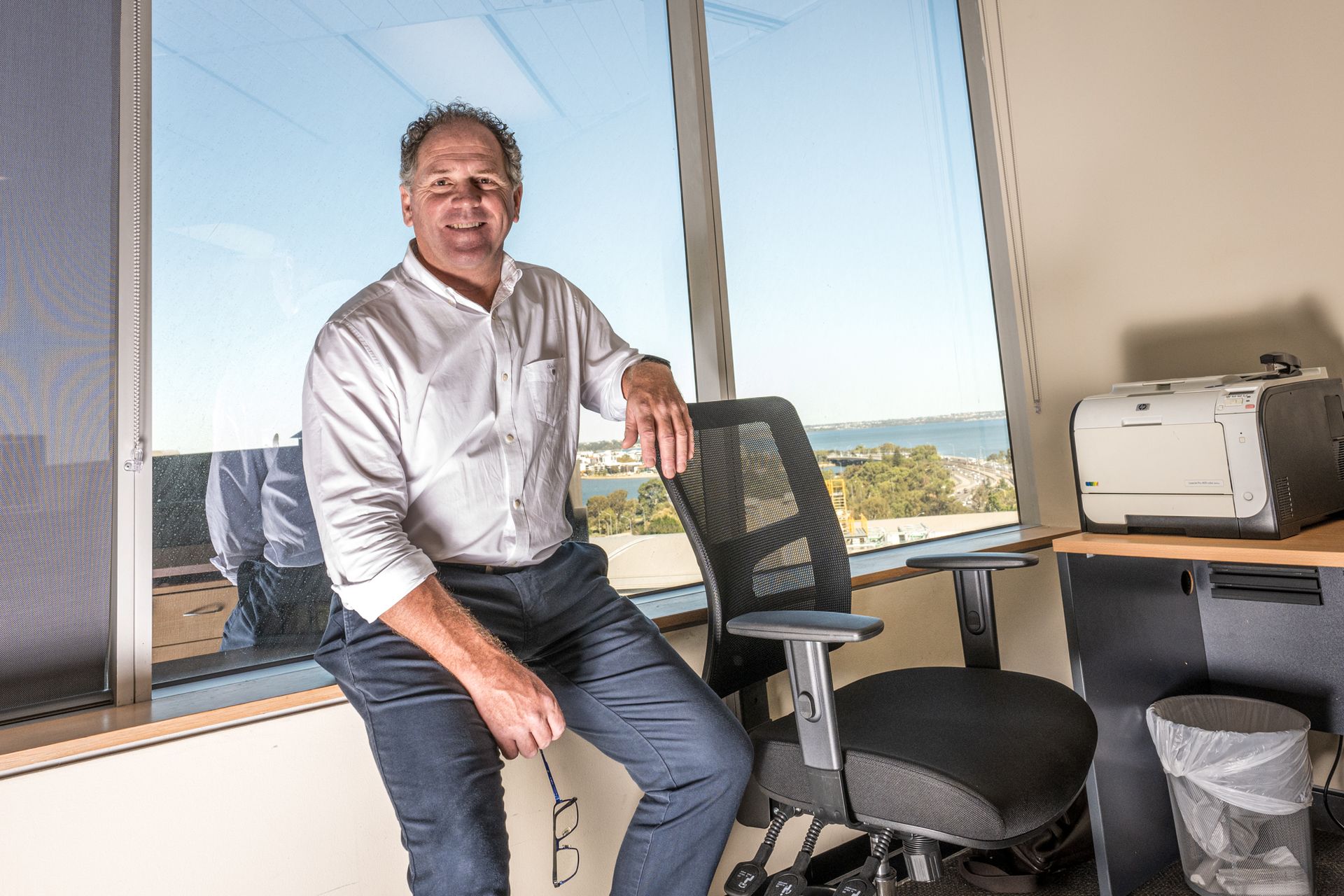Ngaanyatjarra Symposium casts a vision for stronger child health outcomes on the lands.
The Ngaanyatjarra Health Service presented the Ngaanyatjarra Aboriginal Child Health Symposium in Walyalup | Fremantle on April 10-11.
The symposium, attended by almost 100 delegates, included presentations from Professor Fiona Stanley AC and Dr David Scrimgeour AO, yarns about growing up from Ngaanyatjarra women, and an overview of the Council's strategic plans for health by the Council's CEO, Thomas Williams.
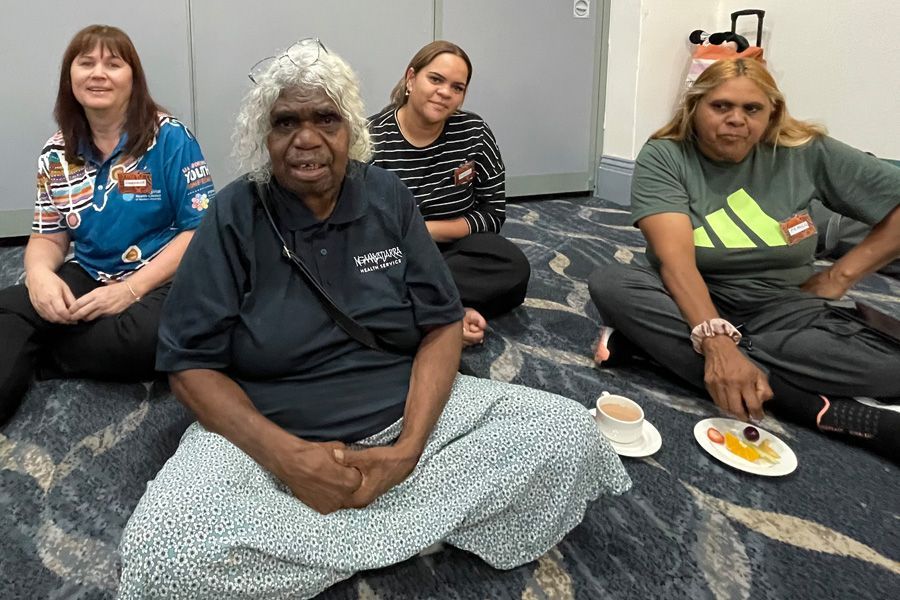
Around 350 Aboriginal Children aged 0-9 years live on the Ngaanyatjarra Lands and are regular clients of NHS.
Despite Australia being one of the wealthiest countries in the world, Ngaanyatjarra children have a health status and social circumstances comparable to low-income countries.
The underlying factors for this disparity are complex, interrelated and intergenerational, creating a seemingly inescapable cycle.
The symposium was also an opportunity to present Tjilku Walykumunu: The Ngaanyatjarra Health Service Child Health Study - a landmark 85,000-word report providing qualitative findings to inform health strategy for our children on the lands over the next decade.
Inge Kral prepared the study with a team comprising Angelica McLean, Lloyd Durie, Annie Tangey, and Rosalie Schultz. They sought to understand the factors that might contribute to poor child health outcomes on the Ngaanyatjarra lands, how families think about child health, and what caring for children means.
The study considered vital questions:
- What is going on in families around children's health and nutrition?
- What is happening around homes that affects children's health?
- What are Ngaanyatjarra people's attitudes, beliefs and practices?
- Understanding the mismatch between how health and nutrition services are delivered and how families understand them.
- Understanding the mismatch between family understanding of what is essential in childhood and health professionals' understanding.
Most broadly, the study demonstrated that the best child health outcomes are a product of strong families, adequate housing and reduced overcrowding within households.
From those three core themes cascade a subset of recommendations and potential outcomes that reverberate across education, healthy choices, treatment and testing facilities, and housing strategy.
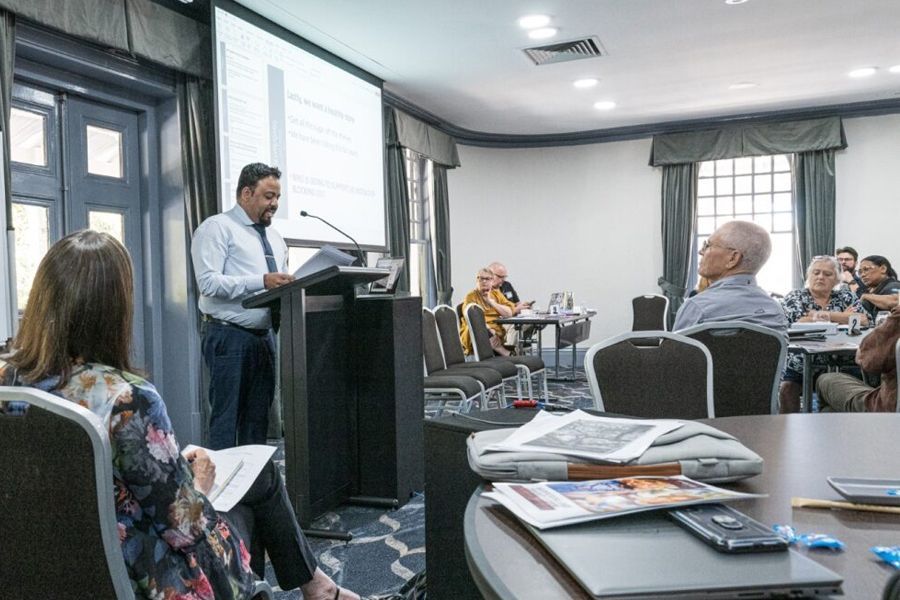
Speaking at the symposium, Ngaanyatjarra Council CEO Thomas Williams encouraged delegates to contribute to positive change for children on the lands.
"This Child Health Study has much to make you despondent, but there are also glimmers of hope," he said.
"I encourage you to be part of the catalyst for delivering genuine change for our people on the Lands. In the work that each of you is doing, consider the children on the Ngaanyatjarra Land and whether anything you're doing can help them," he added.
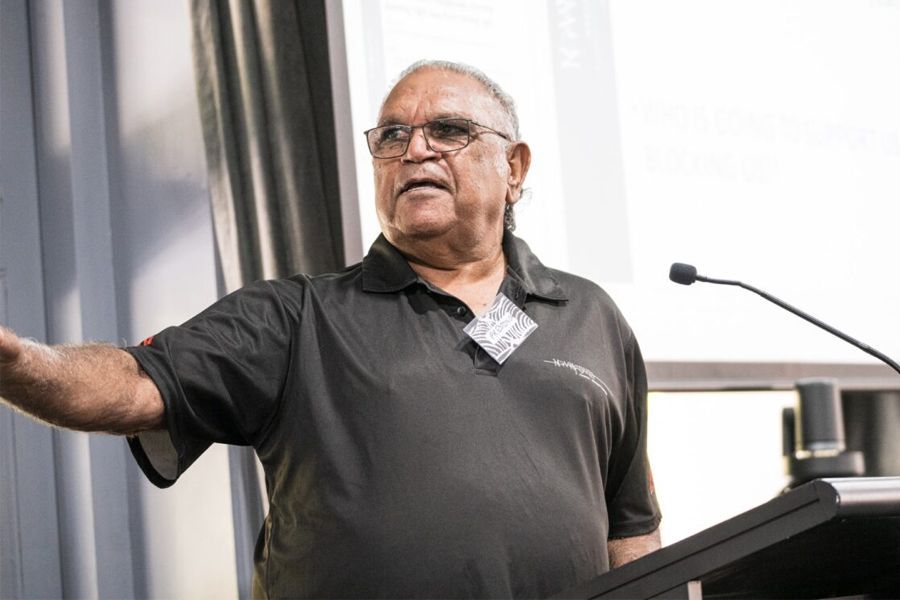
Ngaanyatjarra elder Preston Thomas echoed Thomas's encouragement:
"Progress might be slow and start small, but I believe we can do this," he said.
"For aboriginal people on the land, we struggle. We can't do it alone; our hand is up for help. Together, we can do this. We can change the next generation for the mob on the Lands,
"The time for change is now. I've already seen change happening. We need to keep doing the right things to make it better," Preston said.
There's no doubt about Yarnangu's aspirations—for their families and their children's health. They want to flourish in every sense—physically, socially, economically, and culturally—to thrive in the country and enjoy healthy outcomes in strong families. The symposium is one more dimension to the progress that is being made towards these aspirations.
Related News
